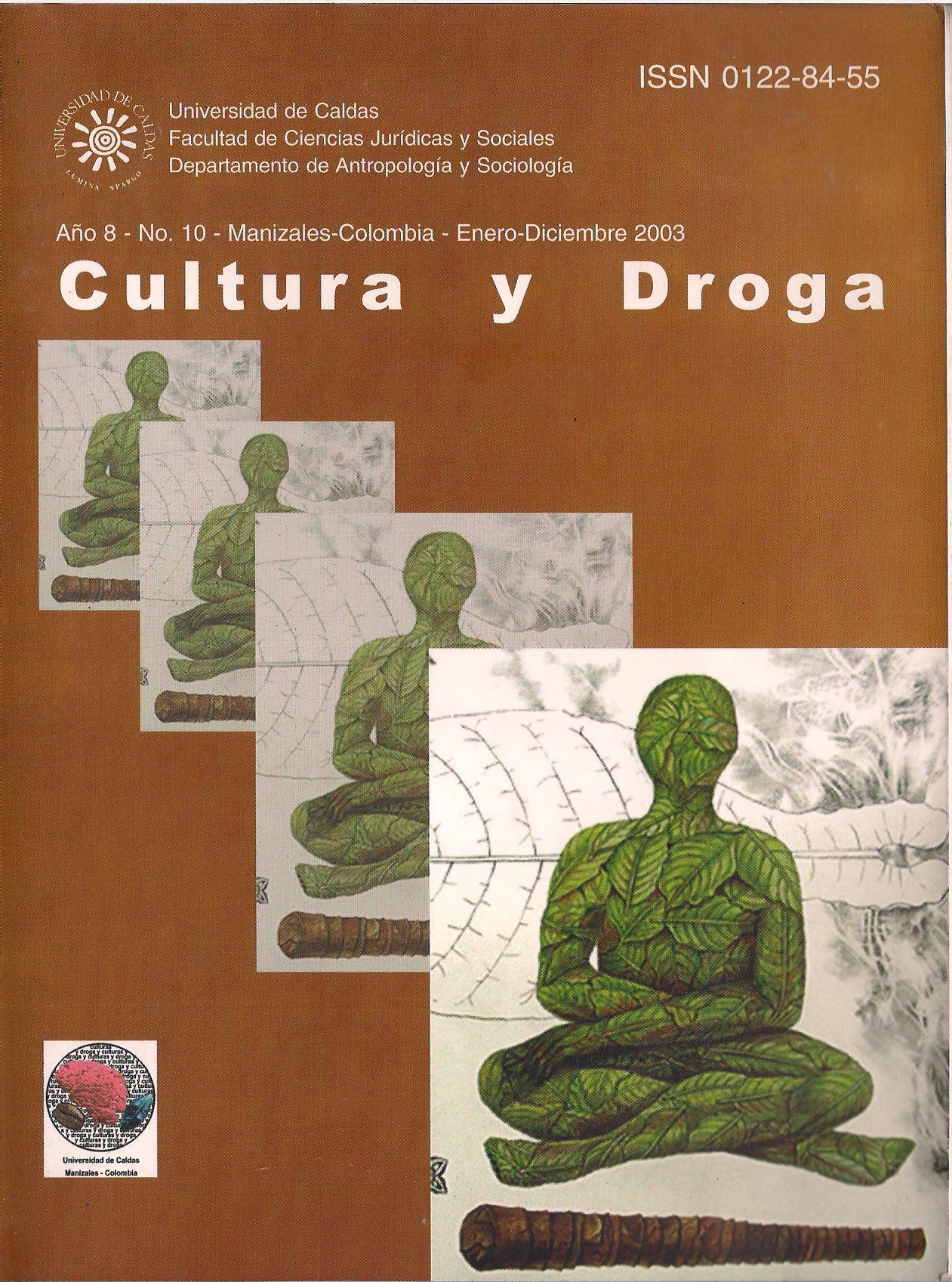Authors
Abstract
Abstract: The “revelations” reached in the experiences with yagé and other entheogenes use to be mental “representations” charged with images. It has been sought to understand the value that they may have, for the psychic life of the people that experiment them, the images represented mentally under the effect of entheogenic substances. For this, it has been considered that they are “archetypal images since forms or representations of a conscience archetype are known as ‘archetypal images’ and are considered as such since they are ‘universal guidelines or motives born from the collective unconscious’” that Jung observed and researched for years. It is started from the assumption that what emerges or bursts during the experience with enteogens are contents of the collective unconscious, given the similarity that these images or visions share, with those reported by other groups that have had experiences of the same kind, in contexts and places which are completely different.
Keywords
References
EL FORO. APA style electronic formats. [Online].
ESCOHOTADO, A. (1999) Historia General de las Drogas. Madrid: Espasa Calpe.
FERICGLA, J.M. (1999) Apolo, Dionisos y el uso de enteógenos. En: Los enteógenos y la ciencia. Barcelona: La Liebre de Marzo.
FURST, P. 1976. Alucinógenos y cultura. México: Fondo de Cultura Económica.
HUSAK, D. 1992. Drugs and Rights. Cambridge: Cambridge University Press.
JUNG, C. G. 1968. Analytical Psychology: Its Theory an Practice. Nueva York:
JUNG, C. G. 1970. Arquetipos e Inconsciente Colectivo. Barcelona: Editorial Paidos.
JUNG, C. G., Von Franz, M.L., Henderson J.L., Jacobi, J. 1997. El hombre y sus símbolos. Barcelona: Editorial Piados.
MEAD, La naturaleza del pasado.
MCKENNA, T. 1993. El manjar de los dioses. Barcelona: Paidós.
NARANJO, C. 1973. The healing journey: New approaches to consciousness. New York: Pantheon. Citado por: Furst, P. 1976. Alucinógenos y cultura. México: Fondo de Cultura Económica.
NEWMANN, E., Eliade, M., Durand, G. Kawai, H., Zuckerkandl, V. 1997. Los dioses ocul- tos. Colombia: Anthropos.
OTT, J. 1998. Pharmacophilia o los paraísos naturales. Barcelona: Phantastica. PEAT, D. F. 1987. Sincronicidad. Barcelona: Kairós.
REICHEL-DOLMATOFF, G. 1972. The cultural context of an aboriginal hallucinogen: Banisteriosis caapi. Citado por: Citado por: Furst, P. 1976. Alucinógenos y cultura. México: Fondo de Cultura Económica.
REY, G. 1998. Imaginar lo humano. Revista Eleutheria: Universidad de Manizales. RUGDLEY, R. 1999. Enciclopedia de las sustancias psicoactivas. Barcelona: Paidós.
SCHULTES, R.E., Hofman A. 1982. Plantas de los dioses. México: Fondo de Cultura Económico.
SEARLE, J. 2001. Mentes, cerebros y ciencia. Madrid: Cátedra. SHARP, D. 1997. Lexicón Jungiano. Santiago de Chile: Cuatro vientos.
SHARPE, M.E. 1994. The politics of sin. New York: Armonk. Citado por De Wasson, R.G., Hoffman, A., Ruck, C.A. 1980. El camino a Eleusis. México: Fondo de Cultura Económico.
WASSON, R.G. 1983. El Hongo Maravilloso. México: Fondo de Cultura Económica.
WATTS, A., Campbell, J., Progoff, Ira., May, R., Wilder, A., Miller, D.L. y otros. 1997. Mitos, sueños y religión. Barceloná: Kairós.

 PDF (Español)
PDF (Español)
 FLIP
FLIP

















